
Travel around the world with FTWWL. Firsh-hand accounts about Yael’s new friends, exciting adventures and amazing dicoveries from across the globe!

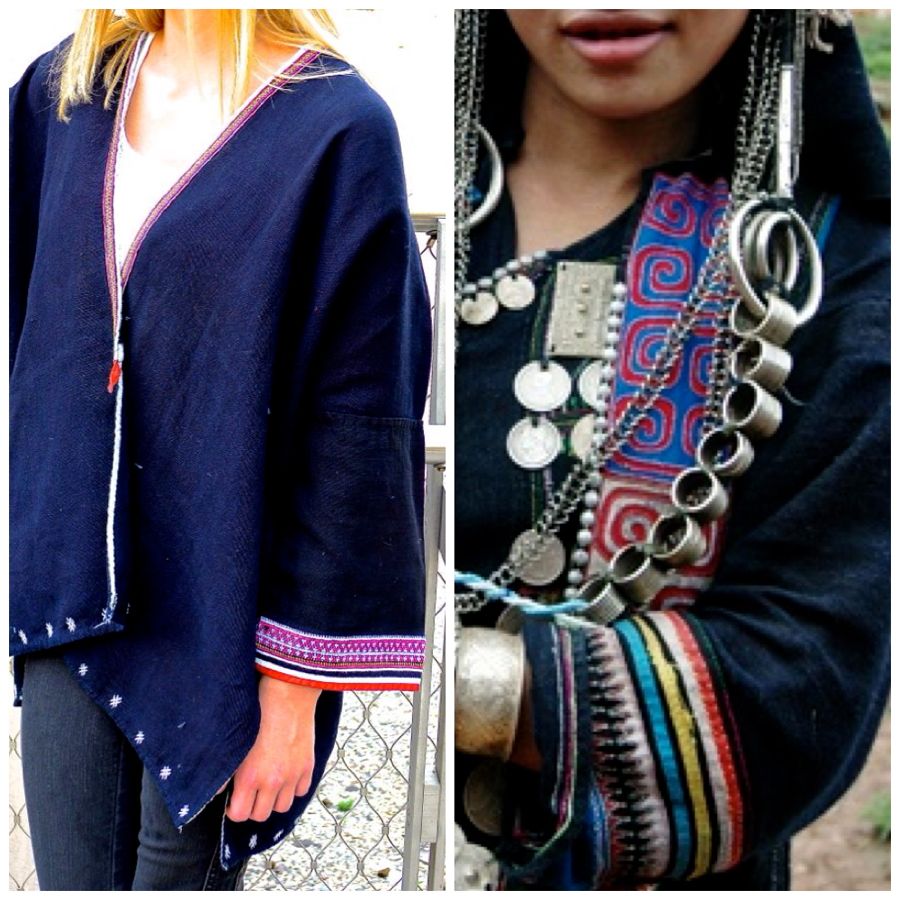
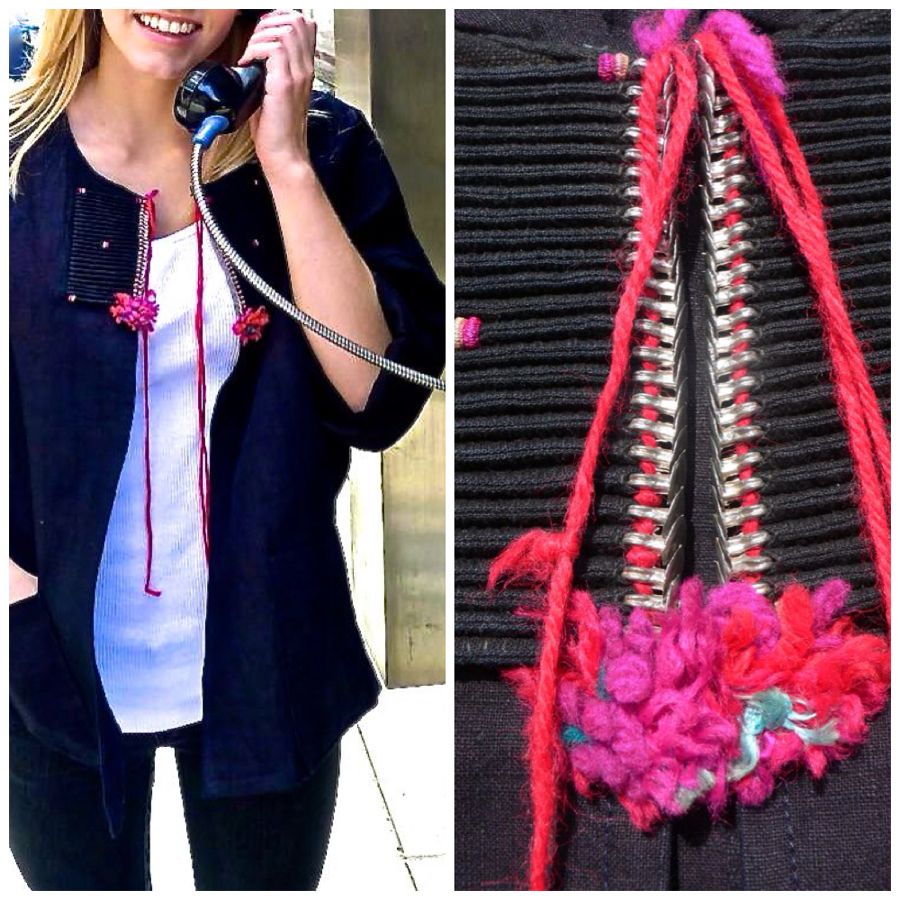 Durable and sustainable—have you ever worn a jacket that was built as strong as you?
Durable and sustainable—have you ever worn a jacket that was built as strong as you? One can only hope that the traditions of the Hill Tribe will be pasted down from one generation to the next.
One can only hope that the traditions of the Hill Tribe will be pasted down from one generation to the next.
The beauty of the Mayan textiles that we discovered in our trip to southern Mexico goes much deeper than the eye can see. Which is usually the case when an ancient civilization’s art, cultural, social and religious beliefs are translated visually. Combining these elements have led to the patterns, colors, and styles of the textiles woven still used today. Most important, however, is the individual passion that each woman/weaver brings to the loom when she sets to work. Her relationship to the beautiful natural surroundings, the warmth and love within the community that has shaped her and her religious convictions are the subtle nuances that make each garment, each textile, unique.
 The universe was unpredictable and misunderstood by the ancients which required them to give meaning and description to natural events taking place around them. In the Mayan culture, textiles were equivalent to the written word. A picture book if you will. The scribes, those individuals making sure the story was being told and passed down were the women in the villages who were believed to have been chosen by the gods to carry out this sacred task. Being responsible for keeping their stories alive and passing them down, these women were afforded goddess-like status among their people.
The universe was unpredictable and misunderstood by the ancients which required them to give meaning and description to natural events taking place around them. In the Mayan culture, textiles were equivalent to the written word. A picture book if you will. The scribes, those individuals making sure the story was being told and passed down were the women in the villages who were believed to have been chosen by the gods to carry out this sacred task. Being responsible for keeping their stories alive and passing them down, these women were afforded goddess-like status among their people.
Women not only work together, but support one another on a much deeper level. Weaving and dealing with the tasks of everyday life were one continuous motion. In addition to the weaving, meals had to be made, children had to be tended to and farm chores carried out, creating a fluid symphony amongst the women, played from sunrise to sunset.
We saw many women sitting and sewing new designs as we shopped, and all were more than happy to explain some of the more mythical and fanciful scenes on the textiles. Most had learned their skills from their mother or grandmother. And while some of the more traditional styles have been updated, not much has changed and the tradition remains to pass along the skills from generation to generation.
The MAYAN women region of CHIAPAS are granted a status far different from what exists in the western world. Their culture is much more matriarchal. Women are the backbone of this society and as such, treated with a great deal of respect from the men within the community. It is the women who hold the future of their lives and economy in their hands.
To that end, From The World With Love has made it their mission to bring these pieces of clothing to a world that can help establish and sustain these women in cultivating a cottage industry to enhance their lives. Visit our website to see all the beautiful pieces of clothing, jewelry and home items we brought back from Mexico and help this wonderful community flourish!
More to come….
Over the past few months, From The World With Love has been on the road, this time to Mexico.
A good friend of mine, Linda, who I met years ago through our work in the fashion industry, was heading there. We both share a passion for photography and discovering parts of the world that are new , challenging and educational. Today, Linda is an attorney, working with indigent women in Saint Christobal , working to empower them and educate them in ways they can support themselves. She knew about my work with FTWWL and felt the philosophy of what we do fit perfectly with the part of the world she was living. Making my way through the southern most region of Mexico was a wonderful, eye-opening experience. One that I want to share with you.
Mexico is a country riddled with opposites. Rich color, pattern, texture, and flavor combines daily with some of the world’s most profound poverty. Yet the people are warm, welcoming, curious and filled with a zest for life and respect for tradition that is lacking in economies having far more to offer its people. Their passion and history were evident wherever we went and the people were eager to share their heritage and made us feel completely welcome.
The specific region we toured, Chiapas, is a mountainous region in the southernmost state of Mexico. Dotted with Mayan ruins, lush jungles teeming with life and rock formations exposed and weathered by sun and sky, the physical landscape is magical. It is responsible for the cultural beliefs, traditions and artwork found in communities that have changed little over the centuries. The natural beauty of the land, the gifts that Mother Nature has provided its inhabitants and the know-how and creativity of the village residents in harnessing those gifts was revealed to us over and over again in the local artwork. The designs, geometric and organic, woven or embroidered into their fabric are stories in and of themselves. Their work is influenced by spiritual beliefs, as well as by the beauty in nature that surrounds them.
Try to imagine, if you can, the work (not to mention the heart and soul) that goes into these textiles.
There is no fabric shop for these women to source their supplies from. Weavers sit at looms, made with found materials and work threads that have come from the wool of sheep grazing in the low regions. These threads start out as white or brown and are rough in texture. The yarn is dyed using only the colors provided through indigenous plants, flowers and shrubs. Jewel tone colors emerge, representative of a particular village or region. All organic, supplied by nature. It’s hard to imagine for those of us living in a more abundant universe and can easily shop for our needs, how difficult, remarkable and intuitive this process really is.
This group of textile artisans is strictly female. There is a bond between them, an unspoken understanding that they need to take care of one another. Many are related – grandmothers, mothers, daughters – learning from each other and continuing a long-standing tradition. Historically, these women were held in incredibly high esteem as they were the teller of the tales, … literally passing down history in their “images” and designs woven into their fabric. Centuries old beliefs, rituals and symbols are the influence behind a particular region’s type of clothing and the cloth used. We know their story today because of their ancestors who came before, passing down their skills. Their status within the community was just shy of goddess-like.
Both Linda and I were uplifted by these female artistic communities and saw an important message to take from this area of the world. The women here and in other under-developed regions of the world, were and continue to be the keepers, providers and authors of a culture while also being caregivers, wives and mothers. No easy task. Sadly, a matriarchal society and economy that is losing ground. The industrial revolution (that devil!) has made this particular type of craft easy to reproduce, watering down both the art and local economies. While struggling to keep this craft alive, these women and their families are living in poverty. Yet their spirit and delight in the everyday is plentiful.
Our goal here at FTWWL is straightforward: to empower women in communities around the world by assisting them in ways to continue their craft and sustain themselves economically. We’ve brought back with us pieces of clothing and jewelry that are inspiring, beautiful and easy to combine with pieces you already own. A woman with great style in our books is someone confident in herself and her ability to take a favorite pair of jeans, some strappy sandals, a great bag and a colorful top from a region in perhaps southern Mexico, Ethiopia or India and carry it off in her own special way.
The whole time doing great things and contributing to the world with love!
Stay tuned for more of the story to unfold.
I must admit, when visiting Lalibela, (Ethiopia’s replica of Jerusalem) I felt like I was traveling back in time. The city is of biblical resemblance. Lalibela is the holiest place in Ethiopia. It consists of mainly Ethiopian Orthodox Christians. Everywhere I went, patrons walked the streets, carrying brass and gold crosses. Every church in Lalibela has cross-shaped window upon its stone walls. I noticed both Jewish and Christian symbols in much of the jewelry I discovered too. The Star of David and the Holy Cross are often intertwined— to represent the Bible and the New Testament.
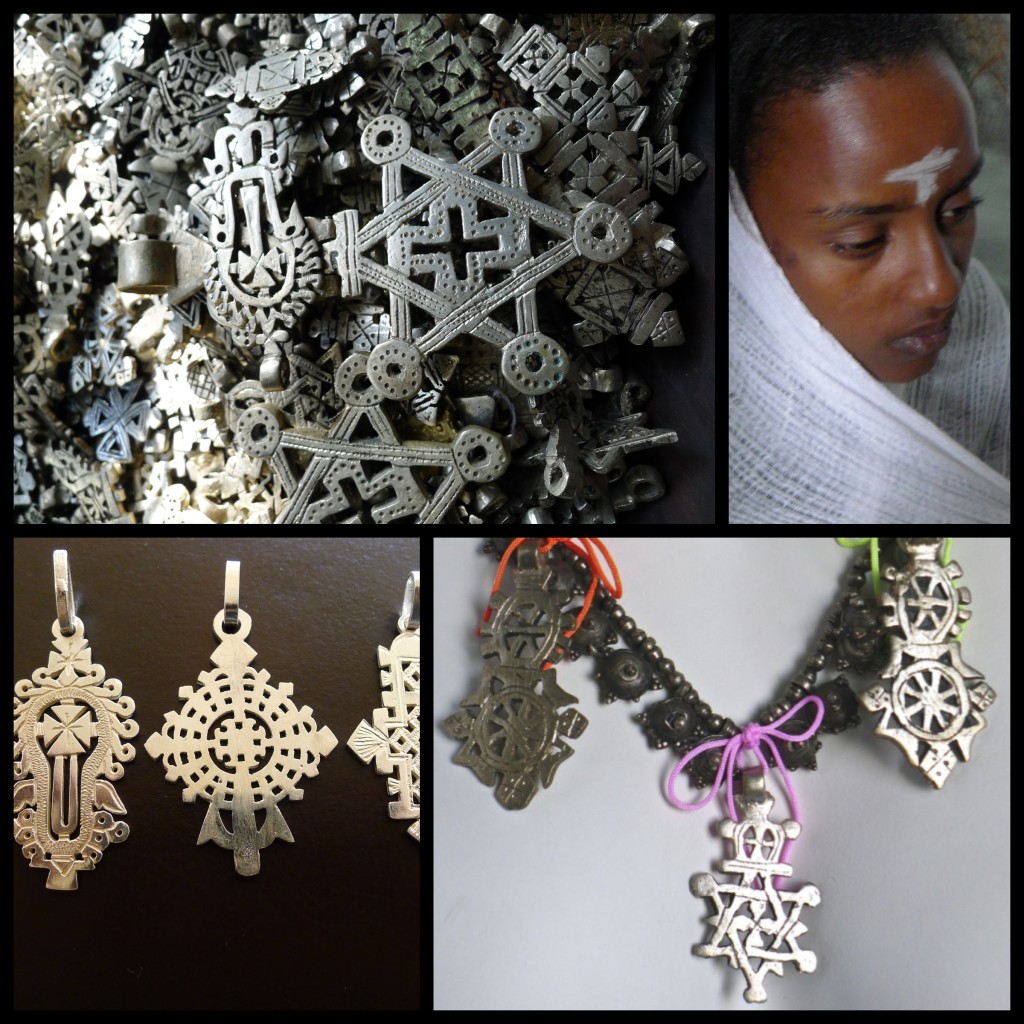
The necklaces are a mixture of crosses from the three most sacred cities: Axum, Lalibela and Gondor. I added the Star of David and a cross on one of the necklaces I purchased (pictured right). These pieces of jewelry from Lalibela can be found in the FTWWL store.
When King Lalibela built the city in the 12th century, he wanted to create a new Jerusalem, where people could be safe to live and worship. Being there, I felt exactly the same way—safe in my surroundings. There is something whimsical about the ancient feel of the city. Hundreds of years ago, monolithic stone-cut churches were excavated within the rocky mountainous terrain. They have become a hugely popular place for many to visit. Every day, more and more people from Ethiopia and around the world, are coming to admire, worship and participate in one of the many church services.
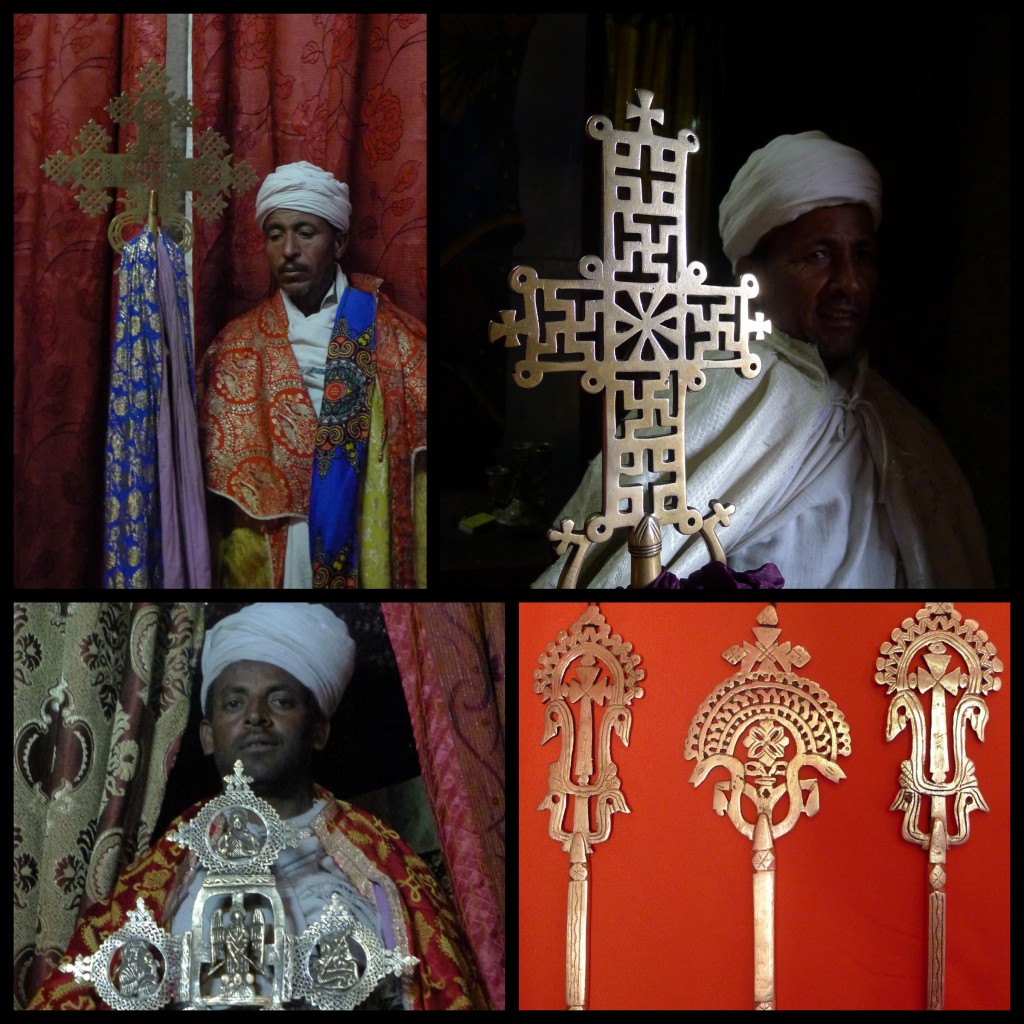
Each cross has a unique design.The Lalibela Cross has special processional importance within the church services.
The Sunday of my visit was St. Gabriel Day. We attend a special service at the Saint Gabriel Church. On my walk there, I was surrounds by hundreds of people dressed in white. They were singing to the beat of the drums coming from within the church. I was trying my best to take in everything I heard and saw. A feeling of astonishment and disbelief formed within me.
Being in Ethiopia was more rewarding than imaginable and watching the Great Ethiopian Run in Addis, Ababa, was an experience I would not trade for the world.
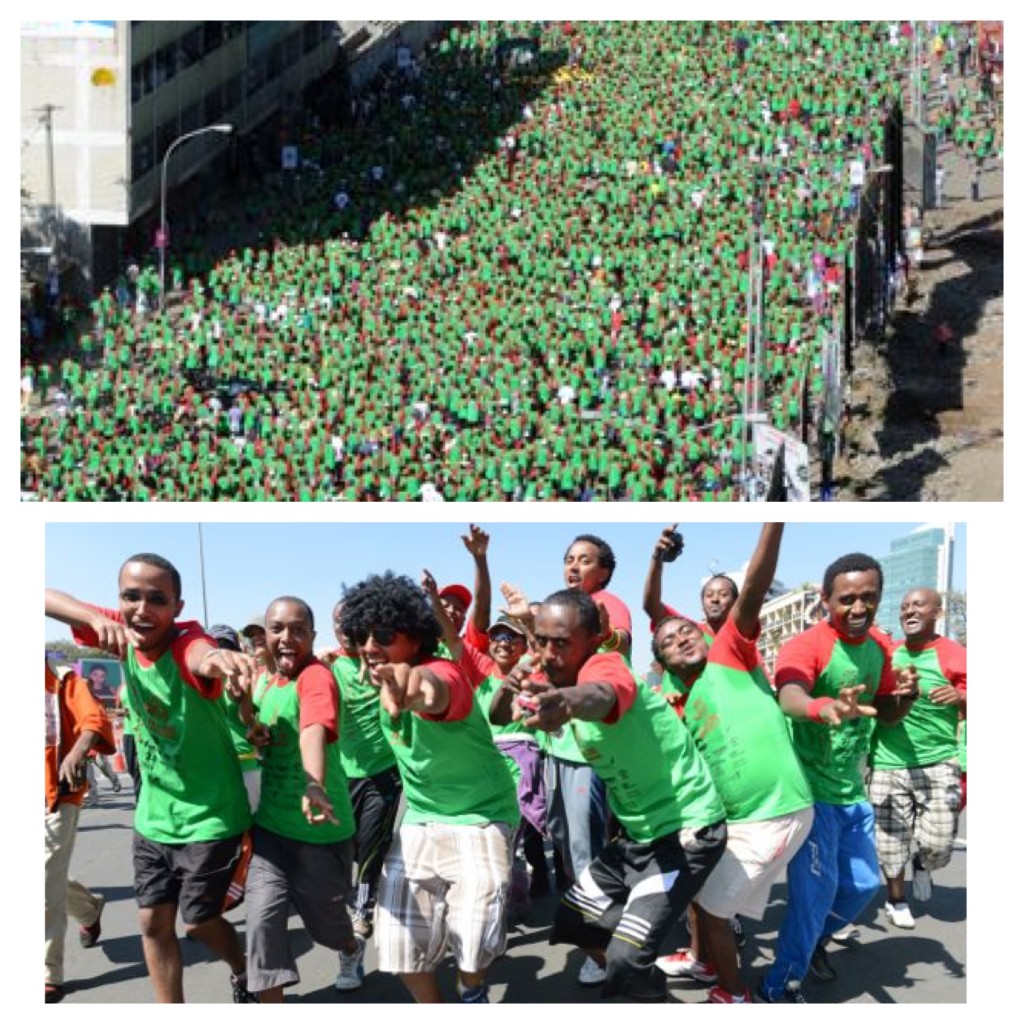
Jiro took photos throughout the entire race. He captured the energy of everyone in Addis. The city was alive!
I met Ethiopia’s most admired athlete, Haile Gebreselassie. I was welcomed into his home for a post-marathon celebration, filled with dancing, music, food and fun! I realized how truly humbled and appreciative Haile is. My friend, Jiro Mochizzuko, is a professional photographer who has followed Haile’s career. His photographic biography of Haile’s journey is called,
Representing Ethiopia, as an Olympian and an advocate for seeing forth the success of his county, the entire city treated Haile like a real celebrity!
With the dedication of fans and support of fellow runners, Haile will be hosting a marathon of his own in October of 2013 called the Haile Gebreselassie Run.
The yearly 10K, women’s 5k and children’s run bring people together from every inch of the city and all corners of the world. No matter what, runner finishes the race, with the encouraging words and helping hands of others participating carrying them to the end. Whether it be a professional runner like Haile, or a young child, the participants would not be able to be in the race without the expert planning and seamless execution of event’s coordinating organizations and the associations involved in organizing the people.
Because I’m a Girl was one of the many charities that runners supported. I had an especially moving experience as I watched over 3,500 participants in the Children’s Race.
One cannot image the atmosphere of Addis, or the energy and emotions that come from seeing The Great Ethiopian Race first hand. One thing I can say for sure is, this experience has proven that love and hope are the most powerful tools for helping other.
Morning after morning, I sipped on a cup of freshly roasted Ethiopian coffee. What a delightful and uplifting way to enjoy the early sun and plan out my day’s adventures. One of my many goals for this trip was to find makers of the Habesha Qemis or “coffee dress”. These special gowns are made by trained “shemane”, Ethiopian weavers.
There is great meaning in each dress and every detail of the Habesha Qemis has importance. I had to find the source of this extraordinary process and I was determined to locate where Ethiopian people were creating these amazing dresses!
Traveling the outskirts of Mount Entoto, I visited Entoto Beth Artisans. This extraordinary organization was founded on the idea that:
by treating woman affected by HIV/AIDS with dignity and respect and by providing them with fair opportunities to support their families, they will be empowered and more able to contribute to their community.
I fell in love instantly as I watch the women at work. At Entoto Beth Artisans, they are trained to make jewelry from bullet casings and scarp metal discarded during military confrontation. They use natural resources like dark roasted coffee beans too. I felt extremely honored to see the craftsmanship and skill these women have for making jewelry. I could not leave without purchasing a pair of coffee bean earrings to share on From the World with Love.
I also met an amazing Canadian woman named Kathy. She has started her own hand-woven textile company. Making traditional Ethiopian silks and cottons, Kathy works with many local farmers and businesses to obtain the cotton and dyes she uses. All of her products are made on looms in her small workshop which has become the central space for many Ethiopian women to obtain jobs to support their families and the community. I was especially happy to hear that Kathy’s business, Sabahar Silks, is a part of the World Fair Trade Organization. A Visit to her workshop was the exact type of experience I was hoping to find while in Ethiopia!

I met three beautiful young girls from Norway, Marte, Oda and Judith. They raised money for children in Ethiopia by fundraising through the Knarvikmila 10km Marathon. They looked just as beautiful in the shemma cloth as the women living in Ethiopia!
Walking through the villages that surround Mount Entoto, I was amazed to see people doing embroidery work outside! This was like nothing you would find in any other busy city or industrialized area around the world. People were enjoying the view, the warm light and the beautiful weather, as they worked in peace throughout the day. From hand spinning the cloth, to weaving in colored threads, to adding the finishing touches of embroidery, I sat and watched as Habesha Qemises were made closer and closer to perfection.
I remembered they day before, when I watched people gathering in the streets and walking towards the churches for the St.Michael’s Day celebrations. I’m sure many of the dresses worn that day were made by the people I was watching in that very moment! Never the less, all of the women had a different embroidered pattern on their gowns to show the uniqueness of each dress.
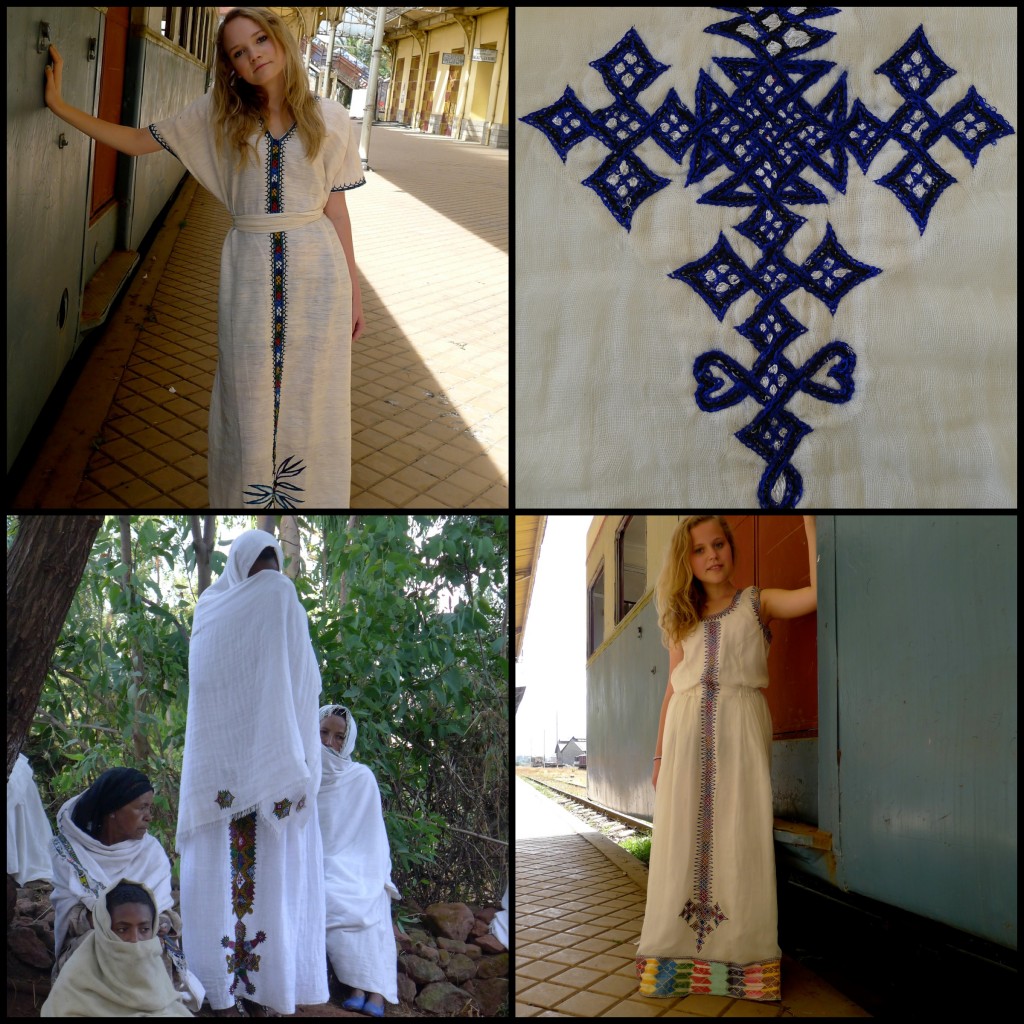
Marte, Oda and Judith were happy to wear the dresses I purchased and they fit perfectly! We took photos at an old French train station in Lagar.
There was one place in Ethiopia that I felt passionate about experiencing. Mercato houses the biggest shopping area in Addis and the largest outdoor marketplace in the world!
I was thrilled to to see the fast-paced, busy market life of Ethiopian people first-hand. It was like an adrelinalin rush! Inside, one can buy anything from spices, to clothing, to meats and produce and everything in-between! My favorite food while in Ethiopia was the injera, which is a large pancake-shaped substance made from tef, a grain that is unique to Ethiopia and very nutritious. It is delicious! Before going to the market, I was given a traditional Ethiopian receipt to make a gravy dish that goes with the injra. While browsing through the hundreds of vendors and shops within, I bought chili powder and pea powder to prepare the dish and some extra to take back home with me!
Every meal I had in Ethiopia was prepared beautifully and the food was more and more delicious with each new dish I tried. I could not wait to make an Ethiopian meal of my own when I returned from my travels. There is something special about the way Ethiopians prepare food. Many of their meals include a spice called berbere. This is also one of the most important ingredients in their national dish, wot. If you like chili and peppers like me, then you would enjoy the meats with gravy and seasoning just as much as I did! We ate all of our meals by hand—the traditional Ethiopian way. Injra is used like a fork. You tear off a small piece to grab the meats and share large platters together.
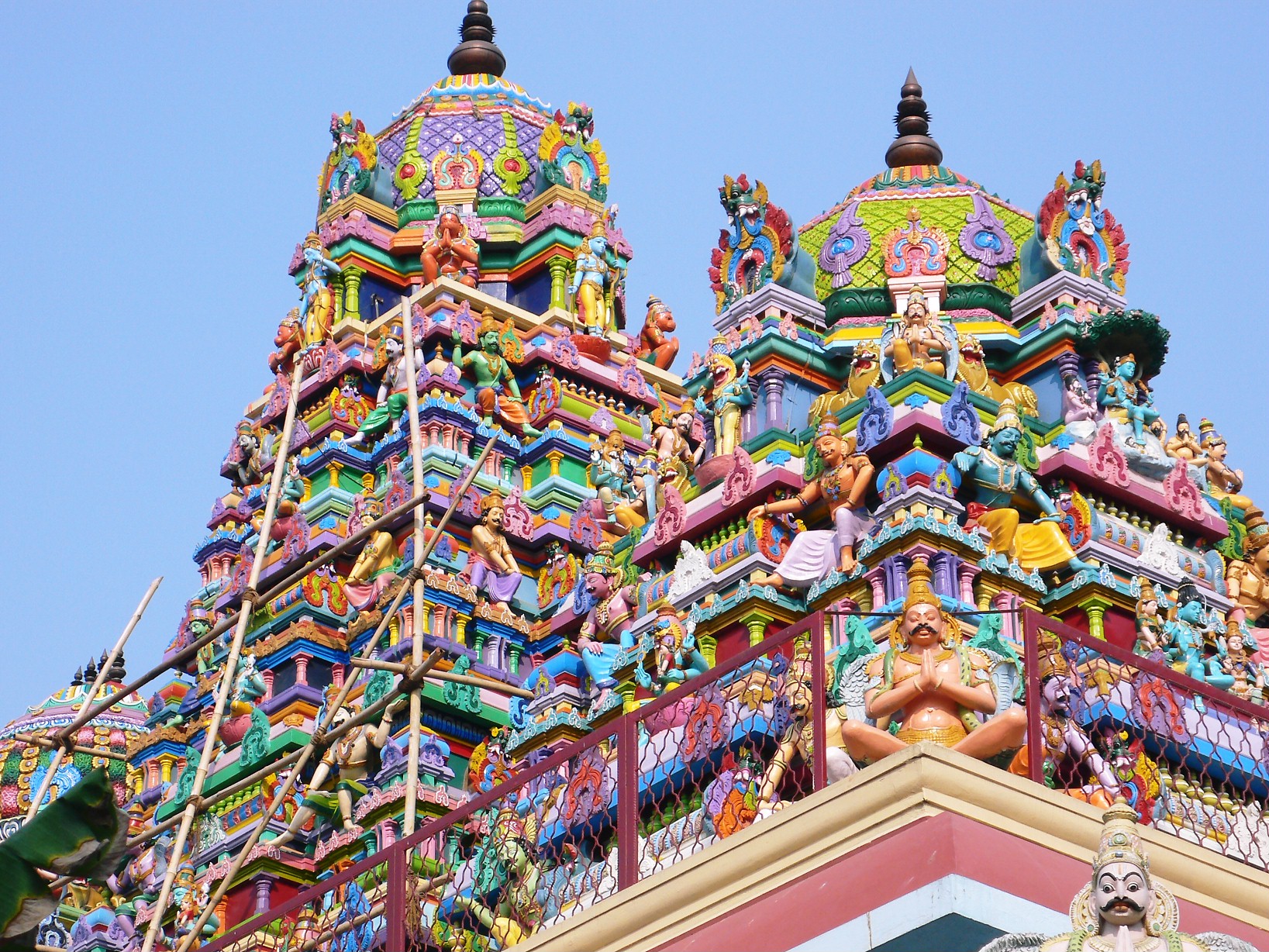
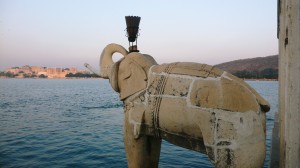
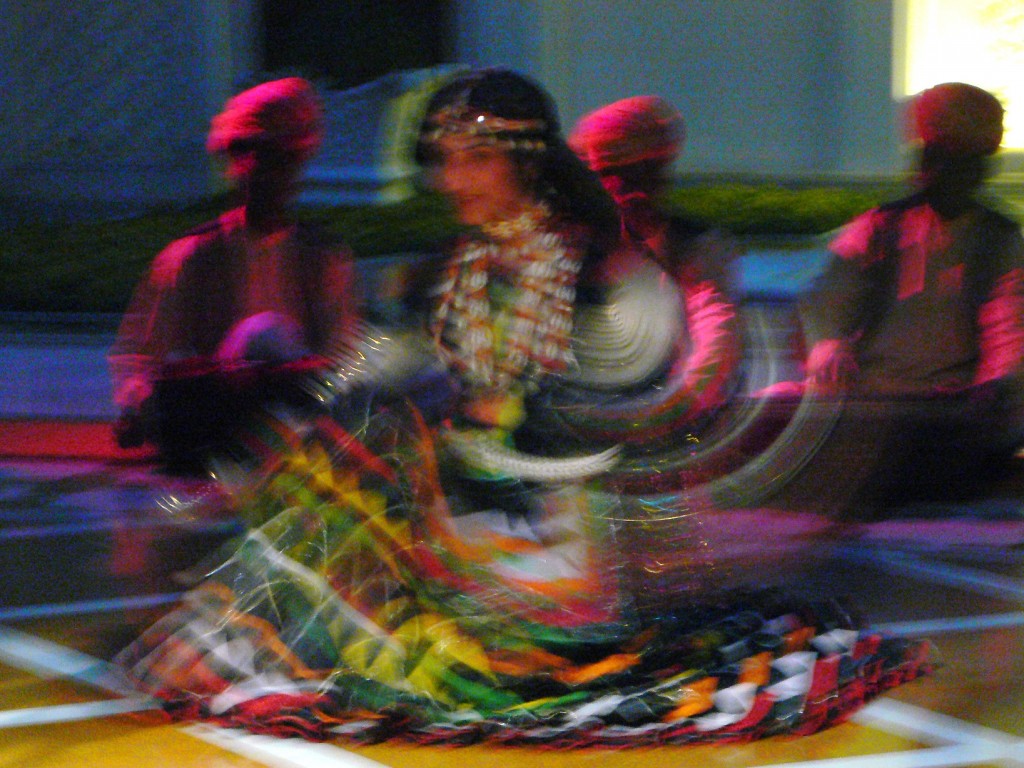 Become a part of this magic and uniqueness. With many sites to see, foods to taste and experiences to endure, any one of Fiona’s five travel guides to India will lead your way.
Become a part of this magic and uniqueness. With many sites to see, foods to taste and experiences to endure, any one of Fiona’s five travel guides to India will lead your way.
Images from:
http://www.eclectic-cool.com/brands/love-travel-guides/
http://blog.virginiajohnson.com/2011/01/love-travel-guides.html
http://www.lovetravelguides.com/index.php/books/
Recent Comments